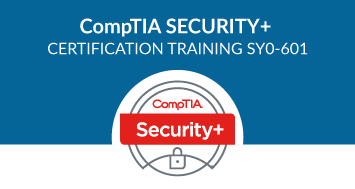CompTIA Security+ Certification Training for Exam SY0-601
This first-of-a-kind official partnership between Wisdom Educations & CompTIA Security+ offers you a chance to earn a global certification that focuses on core cybersecurity skills which are indispensable for security and network administrators. The training is ideal to validate your skill set in risk management, risk mitigation, threat management, and intrusion detection. This CompTIA Security+ certification enables you to handle security incidents, not just identify them. Wisdom Educations CompTIA Security+ training is designed to meet the industry benchmarks and will help you master foundational skills that are needed to pursue a career in IT security.
3k + Satisfied learners Live Classes